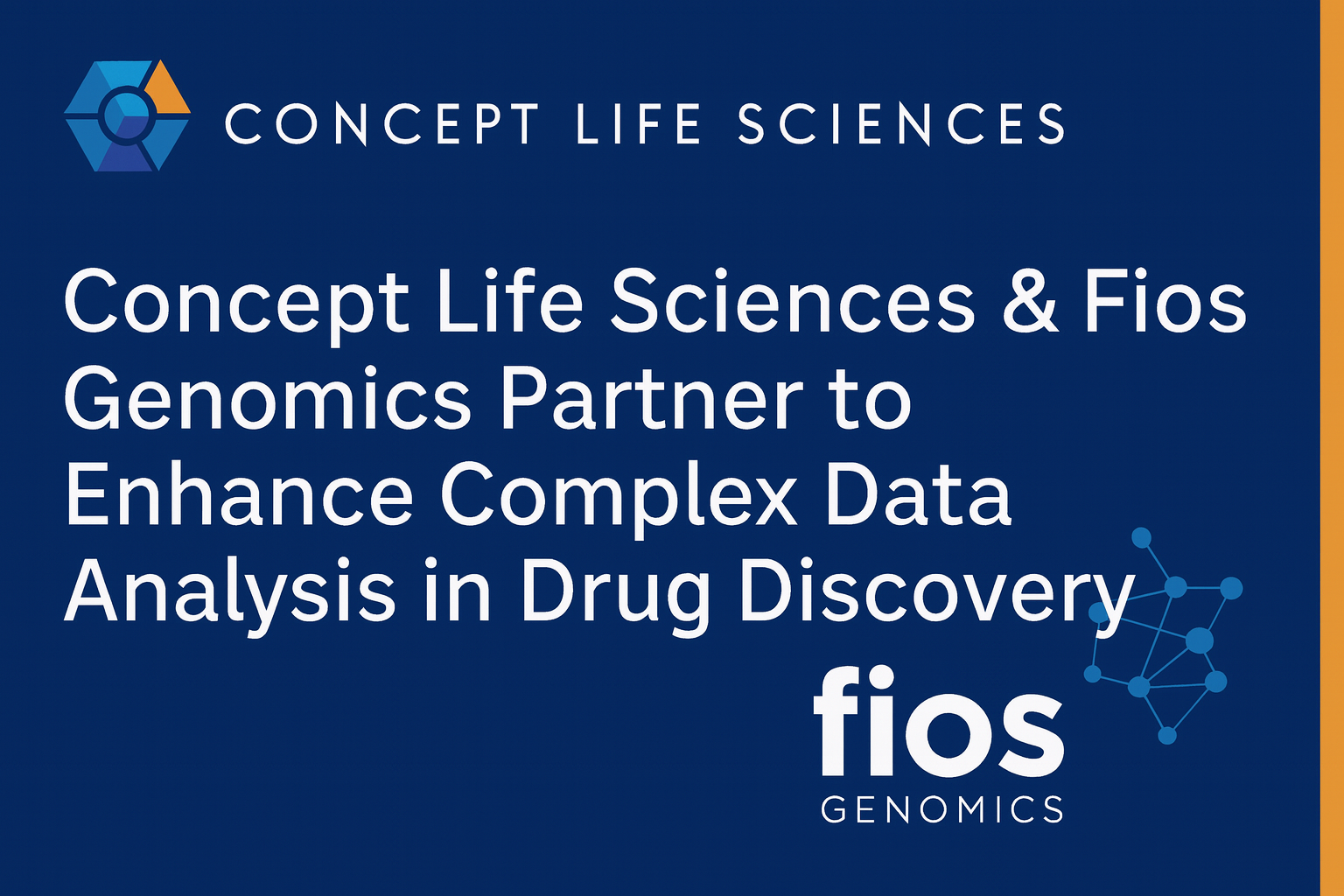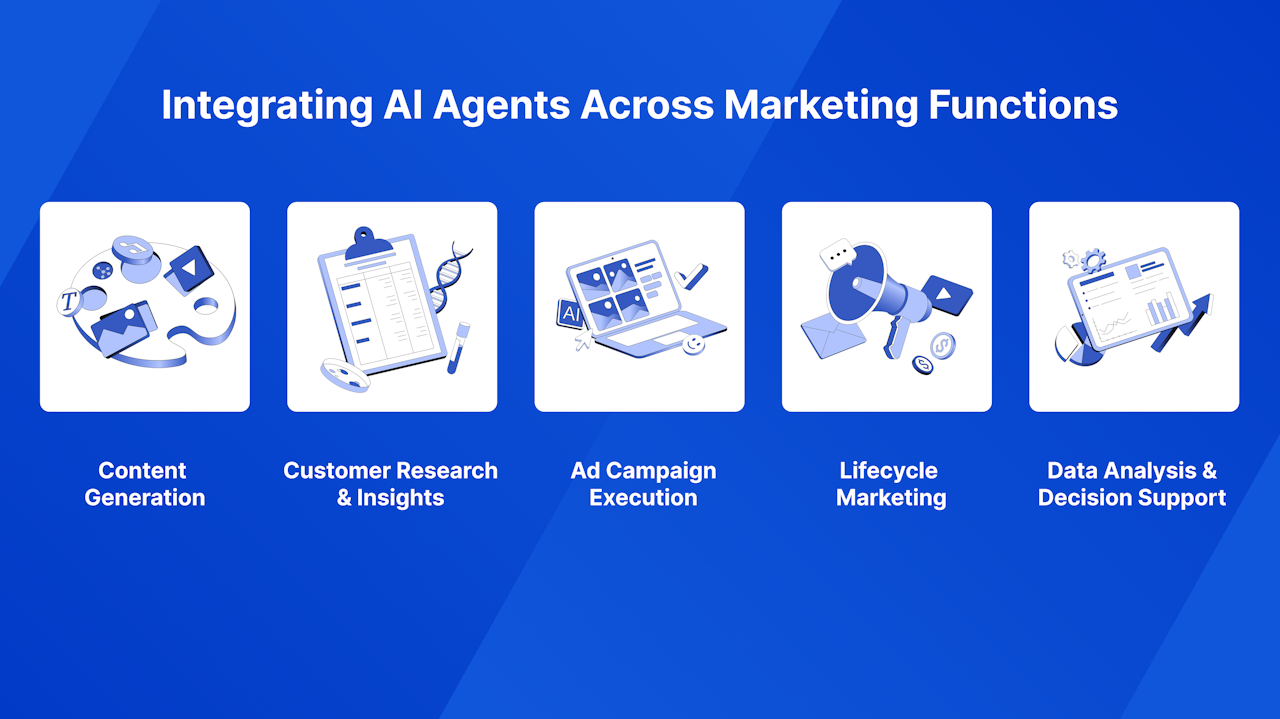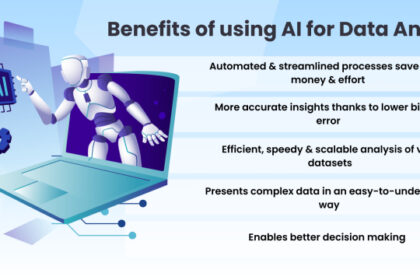The landscape of information is constantly evolving, and at its forefront stands investigative journalism – a pillar of democracy dedicated to uncovering truths, holding power accountable, and informing the public. As technology advances at an unprecedented pace, a new force has emerged: generative AI. This powerful technological advancement promises to revolutionize how journalists conduct research, analyze data, and even craft narratives. However, with its immense potential come significant ethical implications, particularly concerning data integrity and the fundamental principles of journalistic truth.
- The Dawn of a New Era: Generative AI in Investigative Journalism
- Unveiling the Promise: Benefits of Generative AI for Investigative Journalists
- Expedited Research and Information Synthesis
- Identifying Hidden Connections and Narratives
- Enhanced Storytelling and Engagement
- Navigating the Minefield: Ethical Implications and Challenges
Generative AI, capable of creating new content such as text, images, audio, and video, offers investigative journalists tools to sift through vast datasets, identify hidden patterns, and accelerate tedious tasks. Imagine an AI sifting through millions of financial records to pinpoint a single anomalous transaction, or synthesizing complex legal documents into digestible summaries. This efficiency can empower journalists to tackle more complex stories, reach conclusions faster, and present findings in more engaging ways. Yet, the very nature of generative AI – its ability to create – also introduces profound challenges. How do we ensure the accuracy of AI-generated insights? What are the safeguards against the creation and dissemination of deepfakes or misleading information? And crucially, how do we protect the inviolable principle of data integrity when algorithms are involved in generating or interpreting information? This comprehensive article delves into the transformative impact of generative AI on investigative journalism, exploring its benefits, the critical ethical dilemmas it presents, and strategies for upholding truth and trust in an AI-augmented journalistic future.

The Dawn of a New Era: Generative AI in Investigative Journalism
Investigative journalism has always leveraged technological advancements, from typewriters to databases, and from the internet to sophisticated data analysis tools. Each innovation has reshaped the craft, enhancing the journalist’s ability to gather, process, and disseminate information. Today, generative AI marks another monumental leap, offering capabilities that were once the realm of science fiction. These AI models, trained on massive datasets, can understand context, generate human-like text, create realistic images, and even synthesize voices and videos. For investigative journalists, this means a paradigm shift in how they approach their demanding work.
The core promise of generative AI lies in its ability to augment human capabilities, not replace them. It offers a suite of tools that can dramatically reduce the time spent on mundane, repetitive tasks, thereby freeing up journalists to focus on critical thinking, source development, and nuanced storytelling. This technological advancement is not merely about automation; it’s about intelligent assistance that can unlock new avenues for discovery and analysis previously unattainable due to sheer scale and complexity.

Enhancing Data Discovery and Analysis
One of the most immediate and impactful applications of generative AI in investigative journalism is its capacity to revolutionize data discovery and analysis. Traditional methods often involve painstaking manual review of documents, cross-referencing disparate sources, and piecing together fragmented information. Generative AI can process and interpret colossal volumes of data with unprecedented speed and accuracy.
Consider the task of analyzing millions of leaked documents, financial statements, or public records. Generative AI models can:
- Rapidly Summarize: Condense lengthy reports, transcripts, or legal documents into concise summaries, highlighting key facts and potential leads.
- Identify Patterns and Anomalies: Detect unusual financial transactions, interconnected individuals or entities across different databases, or subtle shifts in rhetoric within vast archives of communications that would be imperceptible to human eyes.
- Extract Key Information: Automatically pull out names, dates, locations, and relationships from unstructured text, building comprehensive profiles and networks.
- Translate and Transcribe: Break down language barriers and convert audio/video evidence into searchable text, accelerating global investigations.
- Drafting Initial Reports and Background Briefs: AI can generate preliminary drafts of stories, compile background information on subjects, or create profiles of individuals and organizations based on aggregated public data. This provides a solid starting point, saving hours of preliminary research.
- Generating Interview Questions: Based on existing research and identified gaps in information, AI can suggest targeted interview questions, helping journalists prepare more thoroughly.
- Creating Synthetic Data for Testing: In specific scenarios, AI might generate synthetic datasets that mimic real-world patterns (without using actual sensitive data) to test hypotheses or refine analytical approaches before applying them to live, sensitive information.
- Enhancing Multimedia Production: Generative AI can assist in creating data visualizations, generating voiceovers for video reports, or even producing initial edits of video footage, making complex stories more accessible and engaging.
- Rapid Document Review: AI can scan thousands of pages of documents – legal filings, emails, reports – in minutes, identifying relevant passages, extracting key entities, and flagging inconsistencies. This capability is invaluable in large-scale investigations involving data dumps or leaked archives.
- Cross-Referencing at Scale: Human journalists are limited by their capacity to hold and cross-reference information from dozens or hundreds of sources simultaneously. AI can seamlessly connect data points across vast, disparate datasets, revealing links between individuals, corporations, and events that might otherwise remain hidden.
- Automated Summarization: AI can quickly generate summaries of complex topics, academic papers, or expert testimonies, providing journalists with a rapid understanding of new subject matter. This allows journalists to spend less time on preliminary background research and more time on critical analysis and source development.
- Network Analysis: AI can construct intricate networks of relationships – financial, social, political – from unstructured text and structured data, visualizing power structures and influence peddling. This can be crucial in exposing corruption or organized crime.
- Anomaly Detection: By establishing baselines of normal behavior or data patterns, AI can flag deviations that warrant further investigation. This could be an unusual spike in a company’s spending, an unexpected link between political figures, or inconsistencies in public statements.
- Sentiment Analysis: While requiring careful interpretation, AI can analyze large volumes of text (e.g., social media posts, public comments) to gauge public sentiment around a particular issue or individual, providing context for a developing story.
- Interactive Visualizations: AI can help generate dynamic charts, graphs, and interactive maps that allow readers to explore the data themselves, deepening their understanding of complex issues.
- Personalized Content Delivery: While highly sensitive in investigative contexts, AI could potentially tailor elements of a story’s presentation (e.g., highlighting local impacts) to resonate more strongly with specific audience segments, fostering greater engagement.
- Multimedia Integration: AI tools can assist in creating compelling multimedia elements, such as generating voiceovers for data videos, creating simplified animations to explain complex processes, or even suggesting image and video pairings for written content, enriching the narrative experience.
- Fabricating Evidence: Malicious actors could use generative AI to create fabricated “evidence” – fake interviews, doctored documents, or manufactured scenes – designed to discredit journalists, sources, or legitimate investigations.
- Erosion of Trust: The widespread existence of deepfakes makes it harder for the public to discern what is real and what is manufactured. This erosion of trust in visual and auditory evidence directly threatens the credibility of investigative journalism, which often relies heavily on verifiable media.
- Weaponization of Information: Deepfakes can be weaponized for propaganda, defamation, or to manipulate public opinion, creating an environment where truth is constantly questioned and undermined. This directly impacts the data integrity of any media presented.
- Algorithmic Bias: An AI trained on skewed data might overlook certain demographics in its analysis, misrepresent facts, or even generate text that reinforces stereotypes. For an investigative journalist, relying on such biased output could lead to flawed conclusions and unjust accusations.
- Accuracy Concerns: While powerful, AI models are not infallible. They can “hallucinate” facts, misinterpret context, or generate plausible-sounding but entirely false information. Blind reliance on AI outputs without rigorous human verification poses a severe risk to data integrity and journalistic accuracy.
- Accountability Gap: When an AI makes an error or produces biased content, who is accountable? The developer? The journalist who used the tool? Establishing clear lines of responsibility for AI-generated output is crucial for maintaining public trust and ethical standards.
- Inadvertent Exposure: If AI models are used to process confidential documents or communications, there’s a risk that sensitive information, including source identities, could be inadvertently exposed, either through vulnerabilities in the AI system itself or through its aggregated outputs.
- Data Security Risks: Uploading sensitive journalistic data to third-party AI platforms raises concerns about data security and ownership. Journalists must be acutely aware of how their data is stored, processed, and used by AI vendors.
For instance, an AI could analyze years of corporate lobbying data to identify patterns of influence, or cross-reference public procurement contracts with company ownership records to flag potential conflicts of interest. This capability significantly amplifies the reach and depth of investigative journalism, allowing journalists to uncover insights hidden within mountains of information.

Automating Content Generation and Research Support
Beyond data analysis, generative AI can also assist in content creation and research support, offering a valuable co-pilot for journalists. While the ultimate narrative and editorial judgment remain firmly with the human journalist, AI can expedite several stages of the storytelling process.
Key Takeaway: Generative AI empowers investigative journalists to work smarter and faster, offering powerful tools for data discovery, analysis, and initial content generation, thereby expanding the scope and efficiency of their investigations.

Unveiling the Promise: Benefits of Generative AI for Investigative Journalists
The integration of generative AI into the toolkit of investigative journalism presents a myriad of benefits, fundamentally reshaping the efficiency, depth, and reach of journalistic inquiries. These technological advancements are not just incremental improvements; they represent a potential leap forward in the pursuit of truth.

Expedited Research and Information Synthesis
One of the most significant advantages of generative AI is its ability to dramatically expedite the research process. Investigative journalism is inherently time-consuming, often requiring months or even years to gather and synthesize information. AI can compress this timeline considerably.
Identifying Hidden Connections and Narratives
Beyond mere speed, generative AI excels at uncovering non-obvious connections and emergent narratives within complex data. Its algorithmic nature allows it to perceive patterns that human cognitive biases or limitations might miss.
Enhanced Storytelling and Engagement
Generative AI doesn’t just assist in discovery; it can also enhance the way investigative stories are told, making them more accessible, engaging, and impactful for diverse audiences.
Example: A team investigating environmental pollution could use AI to analyze satellite imagery, identify patterns of illegal dumping, cross-reference this with corporate ownership data, and then use AI to help visualize the impact on local communities with interactive maps and simplified explainers. This multi-faceted approach, powered by AI, makes the investigation more robust and the storytelling more compelling.
Navigating the Minefield: Ethical Implications and Challenges
While the benefits of generative AI for investigative journalism are compelling, its integration is fraught with significant ethical implications and complex challenges. The very power of AI to create and analyze information at scale raises fundamental questions about truth, trust, accountability, and the integrity of the journalistic process. Without careful consideration and robust safeguards, these powerful tools could inadvertently undermine the core mission of journalism.
The Peril of Deepfakes and Synthetic Media
Perhaps the most alarming ethical challenge posed by generative AI is the proliferation of deepfakes and other forms of synthetic media. These AI-generated images, audio recordings, or videos are so realistic that they can be indistinguishable from authentic content.
Journalists must develop sophisticated methods for detecting synthetic media and transparently communicate their verification processes to the public.
Bias, Accuracy, and Algorithmic Accountability
Generative AI models learn from the data they are trained on. If this training data reflects existing societal biases, historical inaccuracies, or incomplete information, the AI will inevitably perpetuate and even amplify those biases in its outputs.
Journalists must understand the limitations and potential biases of the AI tools they use and treat AI outputs as leads requiring independent verification, not as definitive facts.
Protecting Sources and Data Privacy
Investigative journalism often involves handling highly sensitive information and protecting confidential sources – an ethical imperative. Generative AI introduces new complexities in this area.
“Black Box” Problem: Many advanced AI models operate as “black boxes,” meaning their internal decision-making processes are opaque. If an AI identifies a lead based on sensitive data, it might be difficult for a journalist to understand why* that lead was generated, making it harder to verify or protect the underlying information.
Robust data security protocols, careful selection of AI tools, and a deep understanding of data privacy laws are paramount when integrating AI into investigative workflows.
The Human Element: Maintaining Critical Thinking
Perhaps the most subtle, yet profound, ethical








